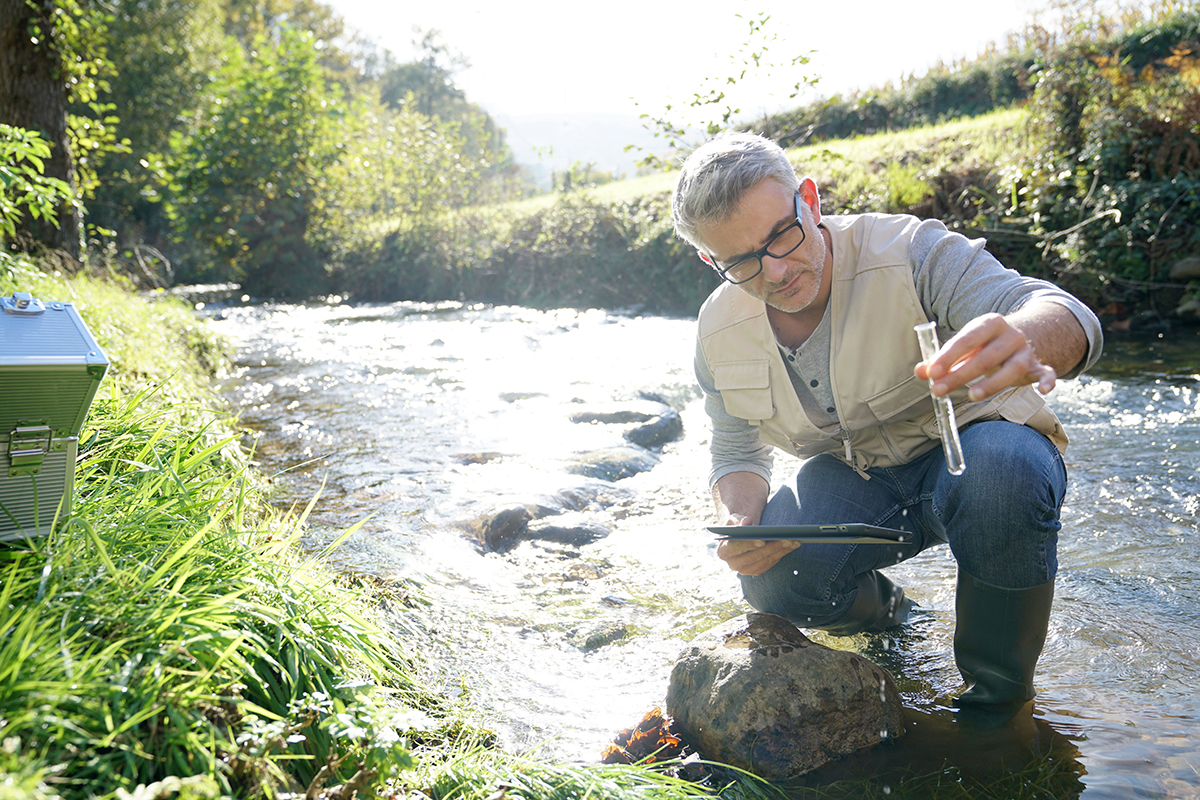In 1955 the cities of Willoughby and Eastlake entered into an agreement for the construction and operation of a common facility to provide primary treatment and anaerobic sludge digestion for the wastewater of the two communities. This plant was put into operation on August 4, 1961 with a design capacity of 3.9 million gallons per day (MGD).
By 1967, the discharge limitations of the Environmental Protection Agency required that the plant be upgraded. In 1968 additional facilities were designed to provide secondary biological treatment, phosphorus removal, and sludge dewatering and incineration. The plant modifications, finished in 1974, provided a capacity to treat an average flow of 7.8 MGD with a peak of 19.4 MGD.
The plant underwent major modification and expansion in 1985 with improved treatment to meet a new discharge permit. Plant capacity was expanded to treat an average flow of 9.5 MGD with a peak flow of 20 MGD. These latest plant modifications, completed in 1987, included the addition of primary and final settling tanks, aeration tanks, chlorine contact tank, plant water system, chemical feed systems and conversion of the anaerobic digesters to sludge mixing and holding tanks.
The WE-WPCC services the cities of Willoughby and Eastlake, the Village of Timberlake, Lakeline and a portion of Willoughby Hills, Mentor, Willowick and Kirtland. Collection system facilities include 25 sewage lift stations and five (5) sewage flow equalization basins located throughout the service area.
